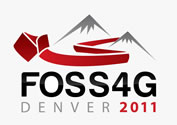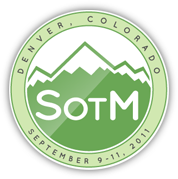Integrating Social Attitudes and Spatial Data in Siting Power Lines
Siting of energy transmission power lines based on physical and regulatory constraints is a challenging and complicated multivariable spatial optimization problem for which GIS is well suited. Existing techniques typically include rasterization of constraint feature layers; application of a layer weighting and combination scheme using map algebra; and ultimately evaluation of optimal paths using least cost path analysis. Such an approach does not explicitly take into account social attitudes and political pressures associated with placement of overhead high-voltage power lines. Indeed, in the United States, energy companies must consider public opinion about such infrastructure development, and usually do so through the Environmental Impact Statement process. We have observed that this feedback mechanism does not explicitly bring social attitudes and concerns directly into the modeling process and hence we are researching this addition to the siting process. This research project implements a survey instrument designed to get general information from the public on what spatial features a siting project should attempt avoid, and to what degree. Results from the survey are then converted to a weighting scheme and applied to the previously described rasterization, weighting, combination, and least cost path routing process. Because every survey question is likely to produce a frequency distribution of results, a Monte Carlo simulation approach is taken to resample from the survey results distribution a large number of times, resulting in a suite of potential paths for the power line placement. It is expected that a map of the resulting paths will clearly represent strongly favored corridors, as well as those where risk of public dissatisfaction are greatest. Ultimately we expect this tool, created as a custom software application, will allow utility companies to account for public opinion from the outset of the siting process; helping them to avoid potential pitfalls that come from doing otherwise.
Robert Beazer is a Ph.D. student studying applied modeling in GIS. His research interests include the application of history and policy in GIS modeling.











